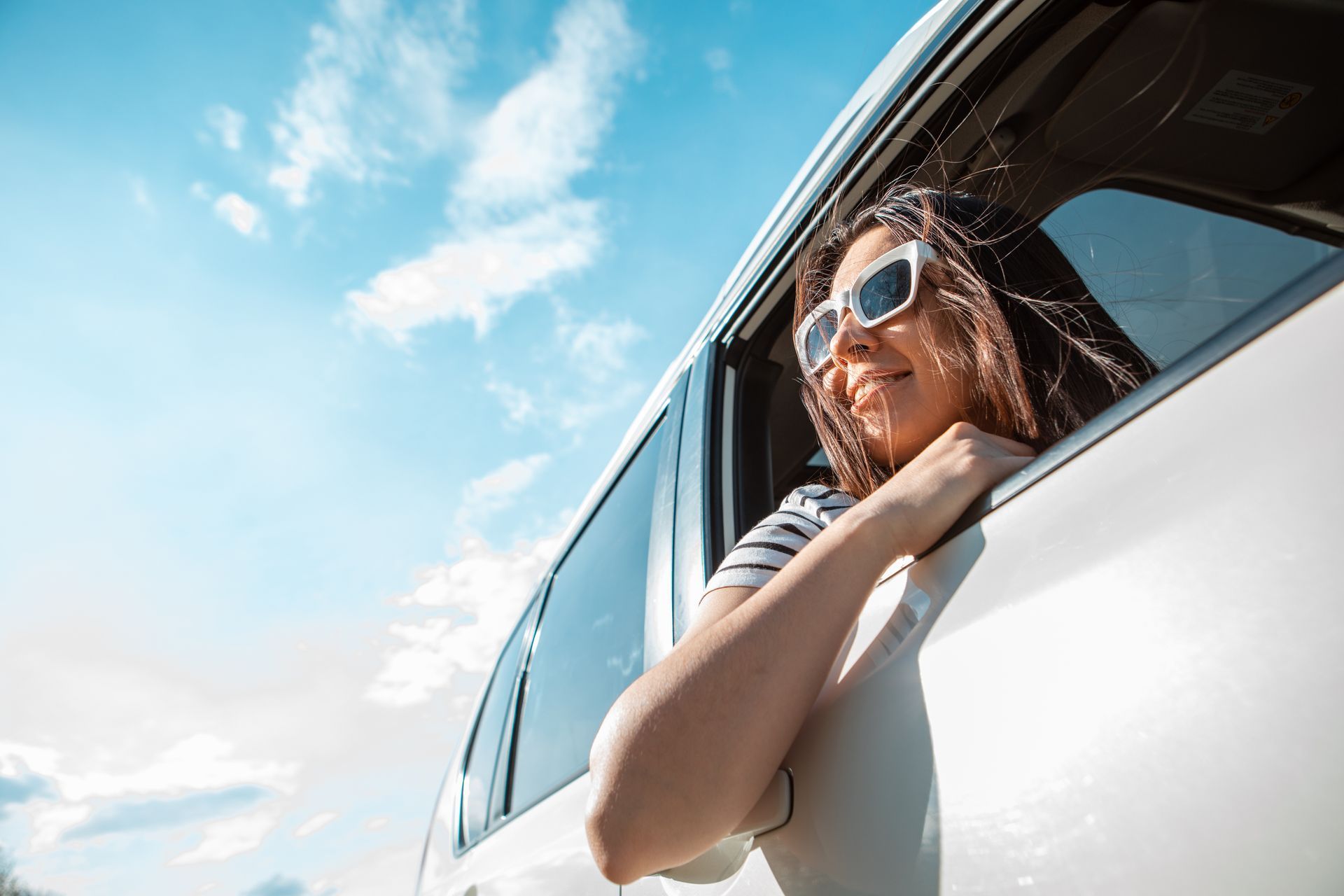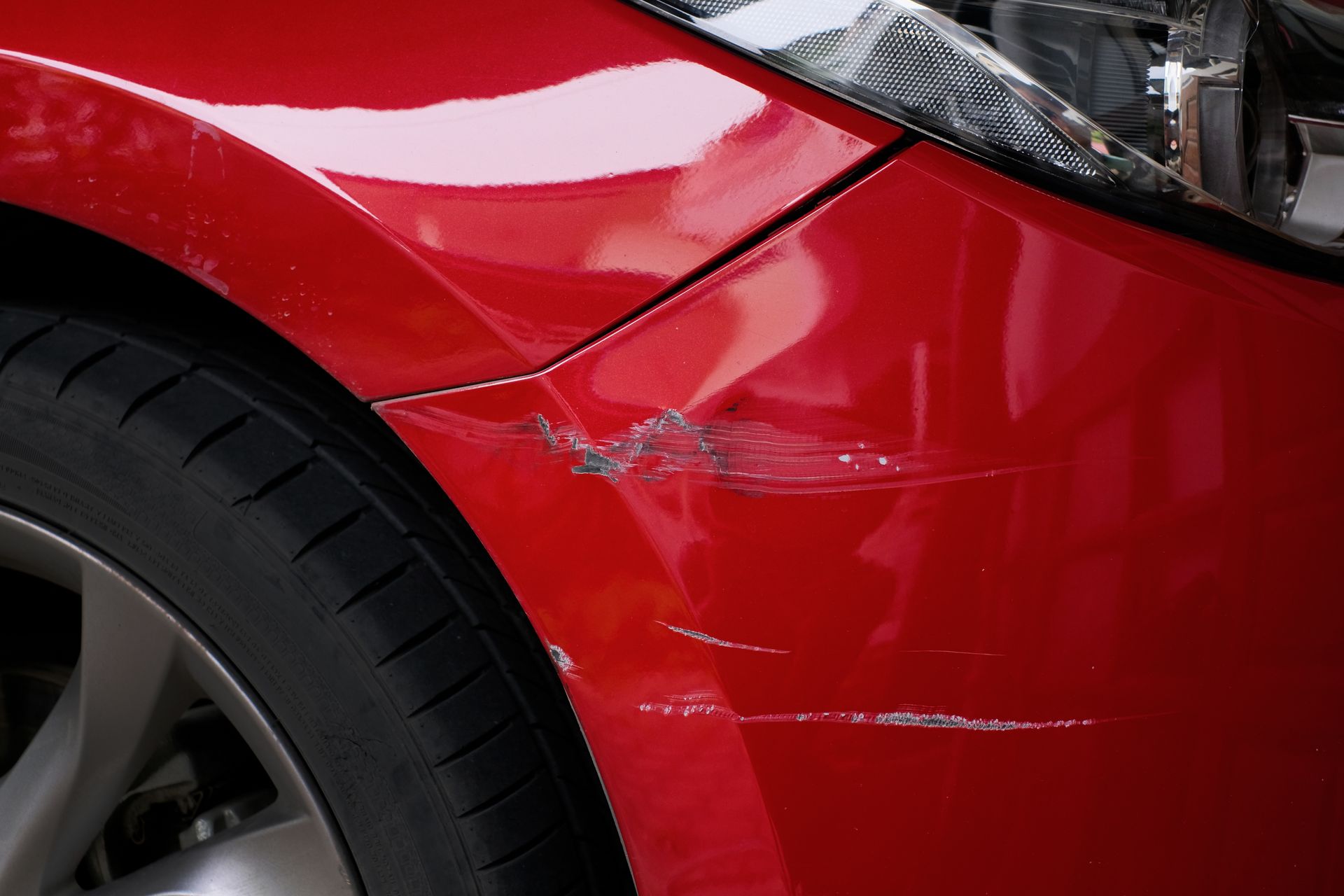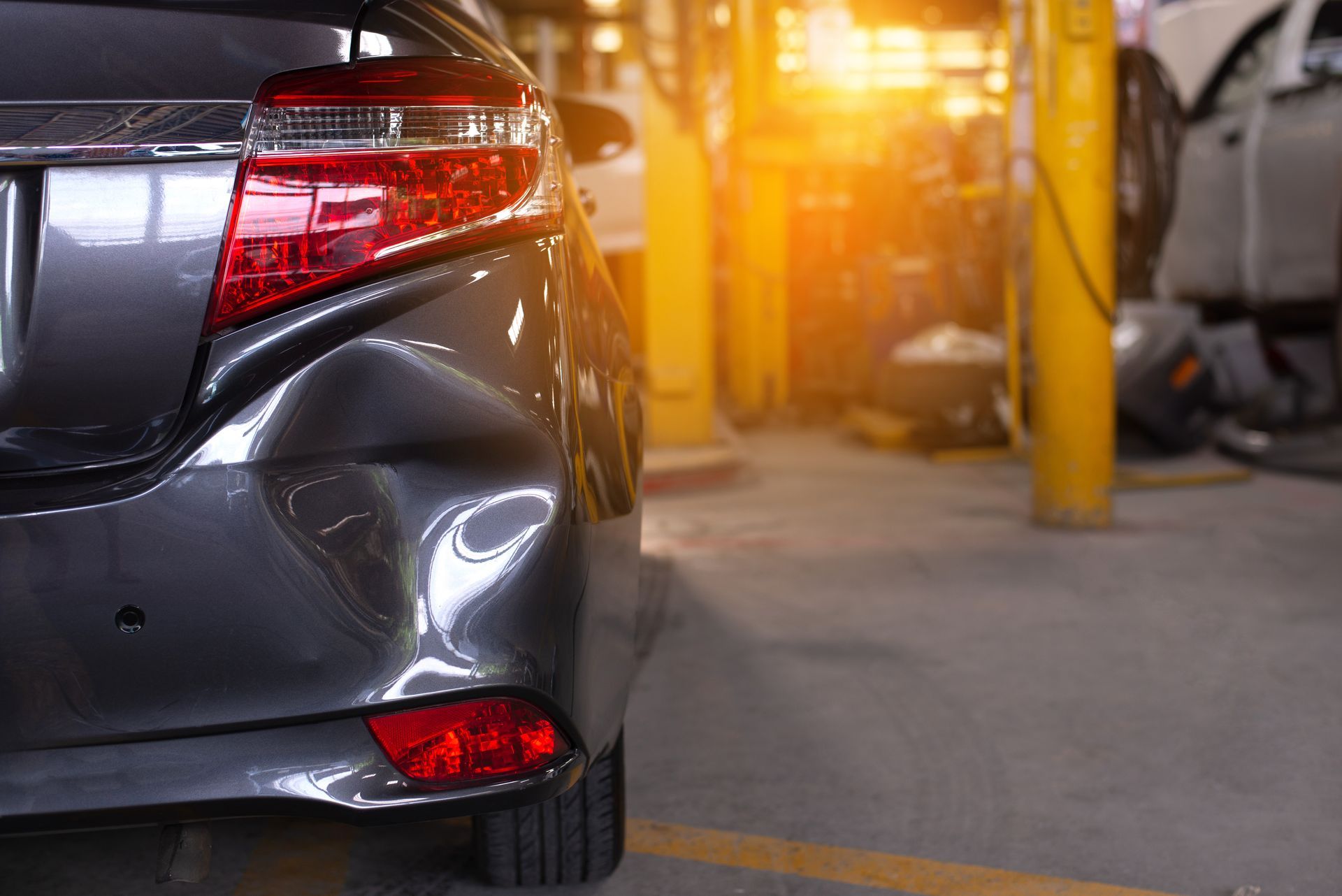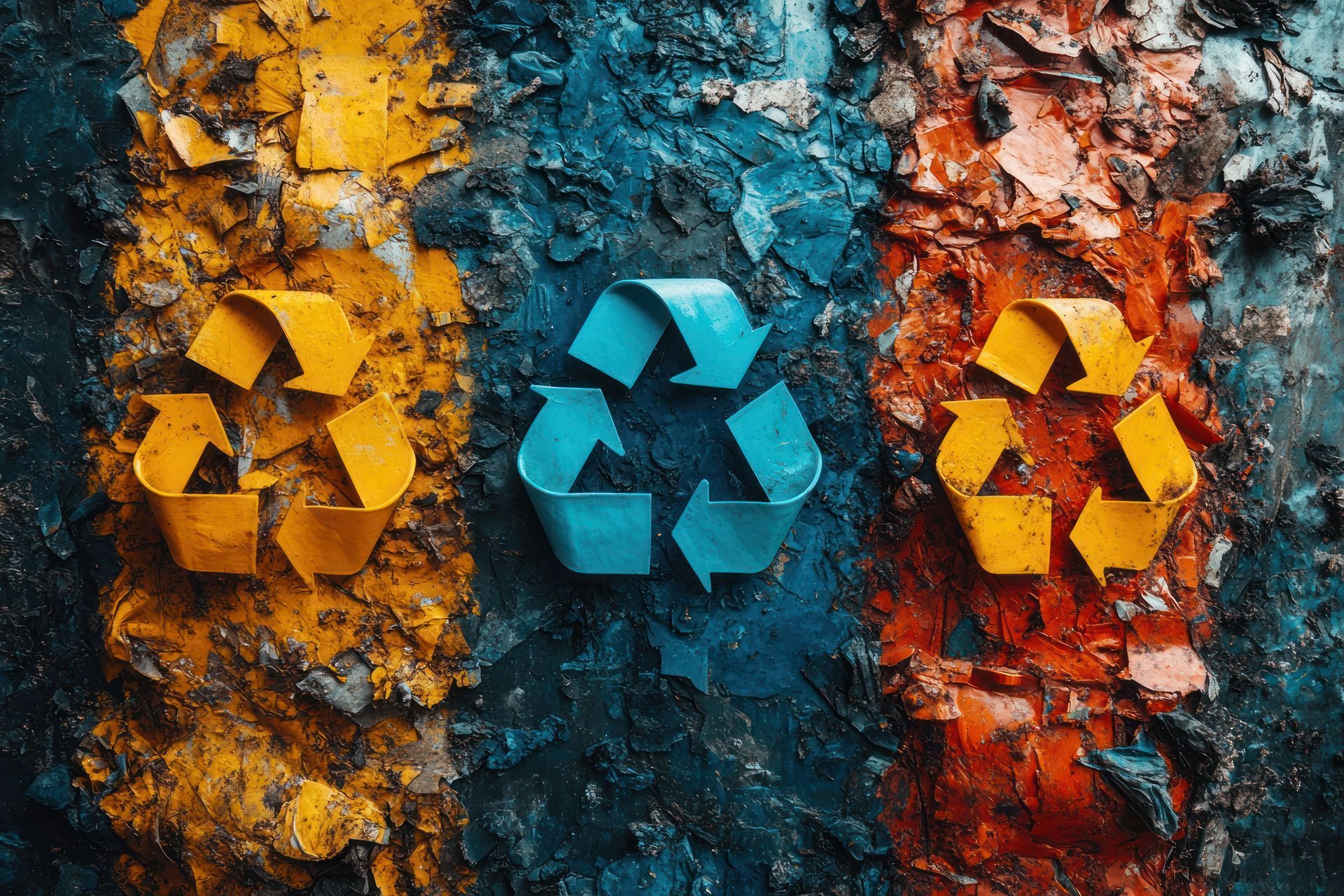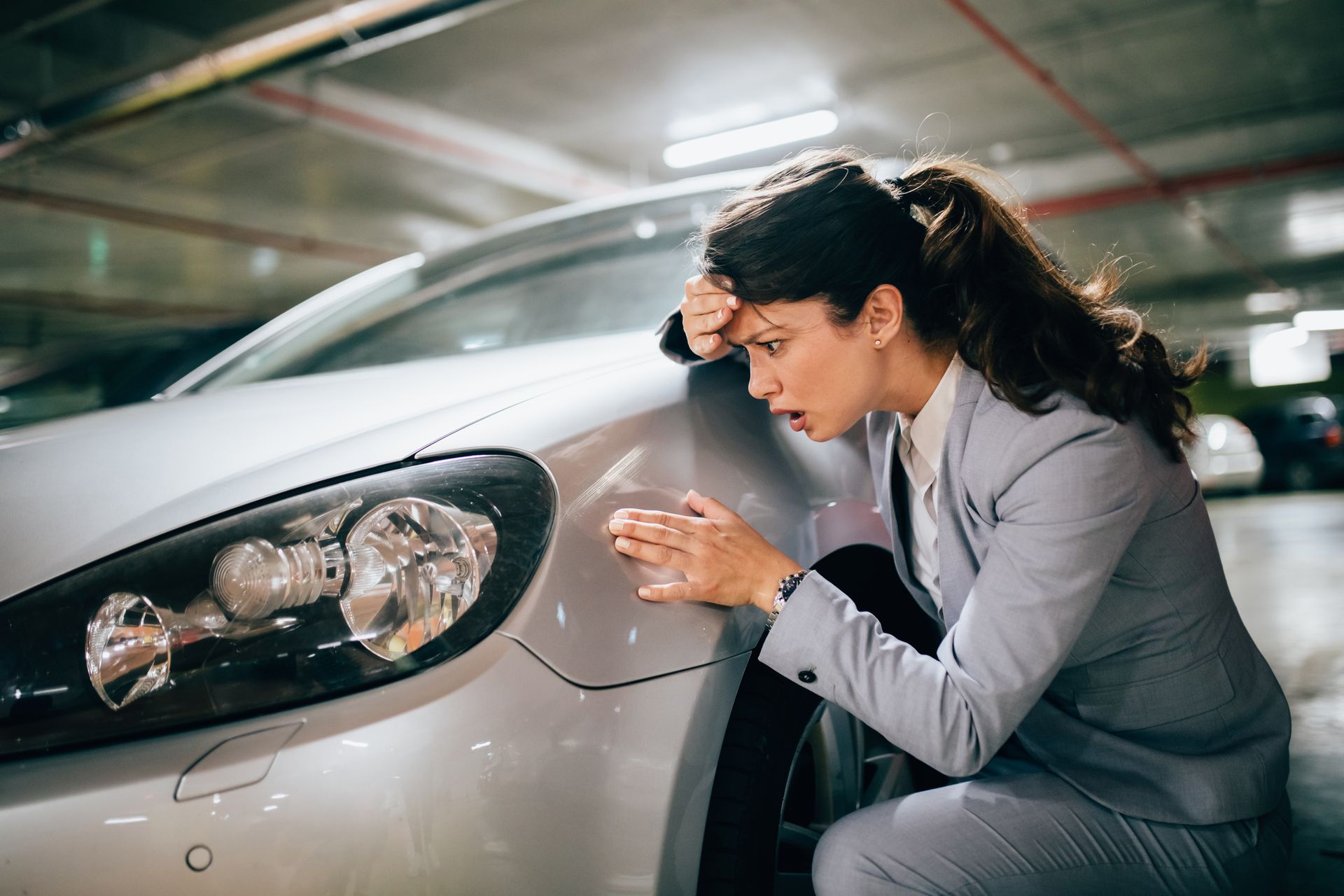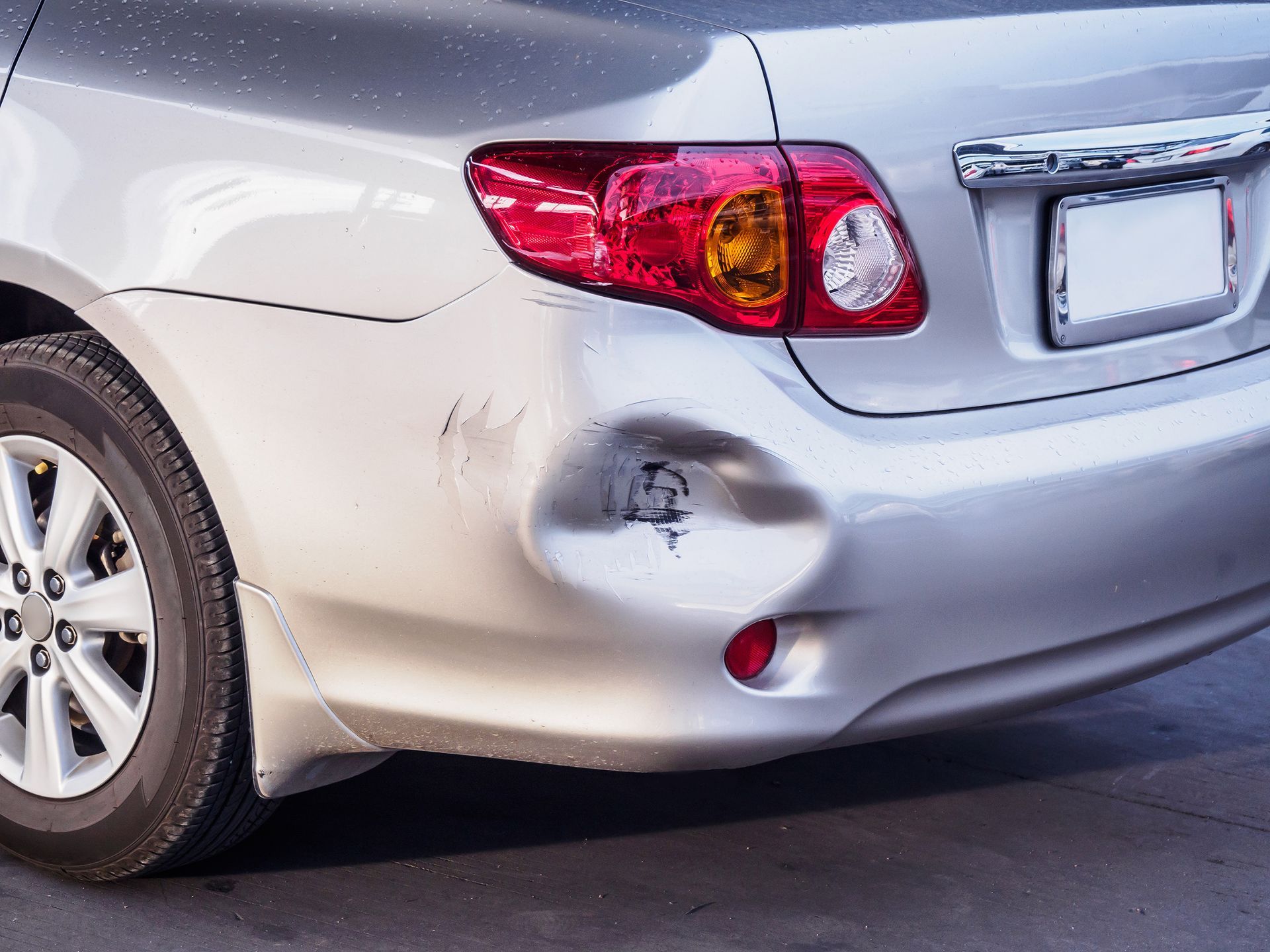One of vehicle owners' most significant concerns when getting auto paint repairs is whether the new paint will match the existing color. A mismatched paint job can make repairs stand out, affecting the car’s appearance and resale value. Luckily, professional auto paint technicians use advanced technology and specialized techniques to ensure seamless color matching. In this blog post, we’ll explore the science behind paint matching and how experts achieve a flawless finish.
1. Understanding Automotive Paint Layers
To fully grasp the complexity of paint matching, it's essential to understand the layers that make up a car's exterior paint job:
- Primer Layer: Provides a smooth, uniform base for the paint to adhere to.
- Base Coat (Color Coat): This is the actual color of the vehicle and is typically applied in multiple layers.
- Clear Coat: This transparent layer protects the paint from UV rays, weather, and minor scratches while enhancing its shine.
Since each layer contributes to the final color perception, paint matching involves more than just choosing the correct base coat color—it also requires replicating the finish and depth of the original paint.
2. How Professionals Match Car Paint Colors
Paint Codes: The First Step
Every car manufacturer assigns a specific paint code to each vehicle color. This code, typically found on a label inside the door jamb, under the hood, or in the trunk, provides the starting point for identifying the right color formula.
However, even if two cars share the same paint code, slight variations—caused by factors such as manufacturing location, age, and exposure to sunlight—can create subtle color differences. That’s why paint technicians don’t rely solely on paint codes for a perfect match.
Spectrophotometers: Advanced Color Matching Technology
Professionals use a spectrophotometer, a high-tech device that scans the vehicle’s existing paint to achieve precise color accuracy. This tool measures the way light interacts with the paint and breaks down its color composition into multiple components, including:
- Hue (Base Color) – The primary color of the paint.
- Chroma (Saturation/Intensity) – The richness or dullness of the color.
- Value (Brightness or Darkness) – How light or dark the color appears.
The spectrophotometer generates a customized formula for mixing the perfect paint match by analyzing these factors.
Computerized Mixing Systems
Once the spectrophotometer determines the correct color formula, professionals use computerized mixing systems to create the precise blend of pigments. These systems allow for fine adjustments to match the car’s current paint condition and compensate for fading due to sun exposure.
3. Blending Techniques for a Seamless Finish
Even with a perfect color match, simply painting over a damaged area can make the repair noticeable due to differences in texture, gloss, and aging. That’s where blending techniques come in.
Feathering and Blending
Instead of applying new paint only to the damaged section, professionals gradually "blend" the new paint into the surrounding area. This technique involves:
- Feathering the Edges - Lightly sanding the repair area and surrounding paint to create a smooth transition.
- Spraying in Layers - Applying the new paint in thin layers to gradually blend it with the existing paint.
- Clear Coat Application - The clear coat should be extended beyond the repair area to ensure a uniform finish and prevent noticeable edges.
Color Fading Matching
Because car paint can fade over time due to exposure to UV rays and environmental conditions, professionals often adjust the paint formula slightly to match the current shade of the vehicle rather than the original factory color.
4. The Role of Lighting in Paint Matching
Color perception changes under different lighting conditions. That’s why auto body professionals use color-corrected lighting or inspect paint jobs in natural daylight to ensure accuracy. Some shops even use specialized sun lamps that simulate sunlight to verify that the paint blends seamlessly before finishing the job.
5. Why DIY Paint Matching Often Falls Short
While DIY touch-up kits and spray paints are available, achieving a seamless color match at home is challenging due to several factors:
- Lack of Professional Equipment – Without a spectrophotometer and computerized mixing, creating an exact color match is nearly impossible.
- Limited Blending Techniques – DIY touch-ups often result in visible edges where new paint meets old paint.
- Differences in Paint Formulas – The same paint color may look different in aerosol cans versus professional spray guns, leading to inconsistencies.
6. The Accucar Paint Difference
At Accucar Paint, we specialize in mobile paint repair services, bringing professional-grade paint matching to you. Our expert technicians use:
✅ Spectrophotometer Technology
– For precise color analysis and custom paint mixing.
✅ Professional Blending Techniques
– To ensure an invisible transition between old and new paint.
✅ High-Quality Clear Coats – For added protection and a flawless finish.
If your car has scratches, scuffs, or paint damage, don't settle for mismatched touch-ups. Contact Accucar Paint today for expert mobile paint repair, and let us restore your vehicle’s flawless finish with the science of perfect color matching!
